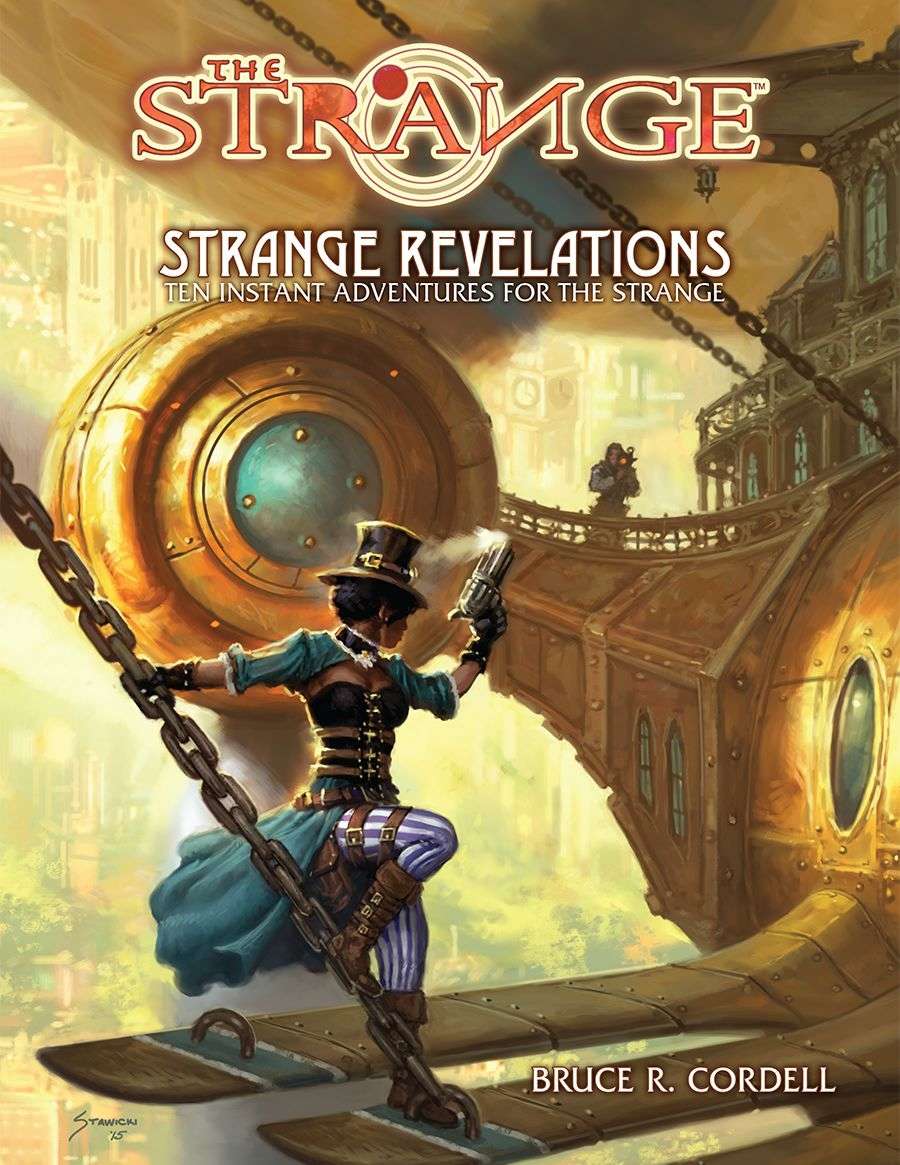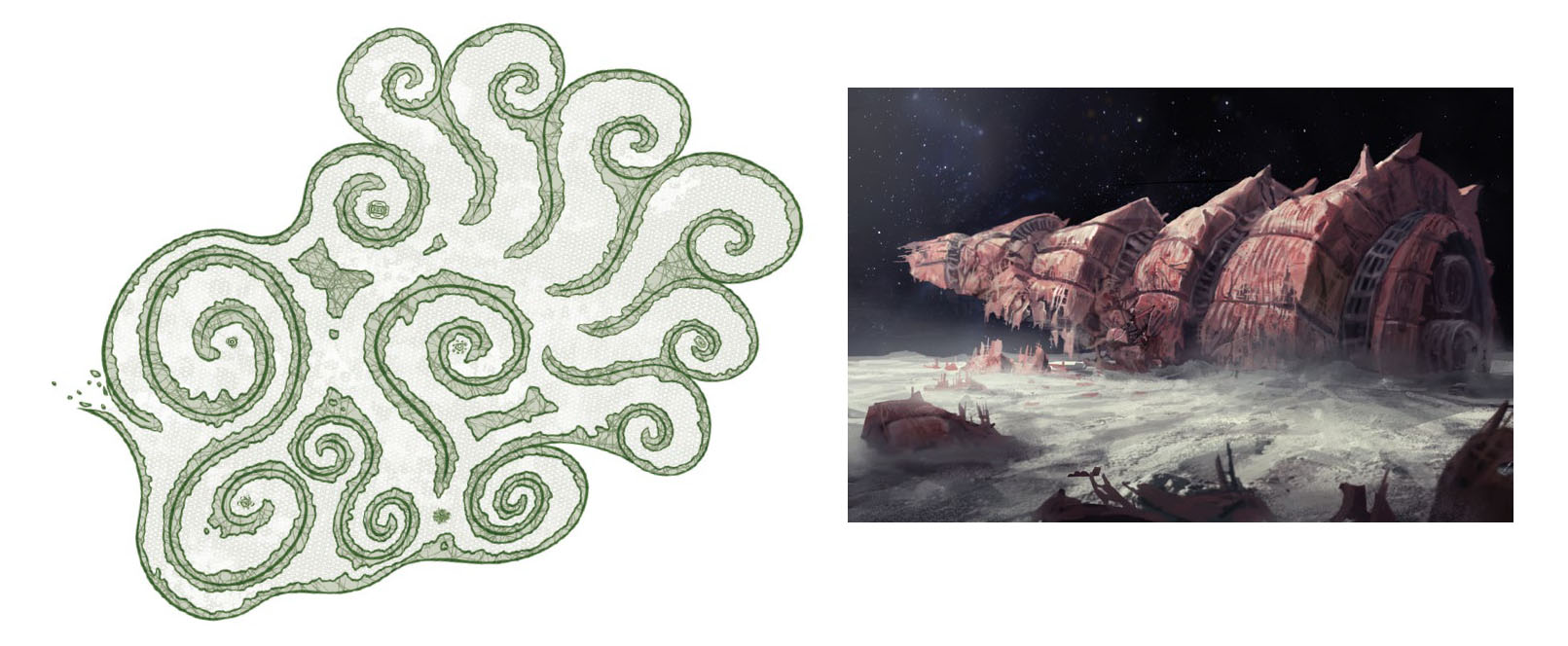In New Angeles the players each take on the role of a hypercorp in a cyberpunk megalopolis that’s fraying at the edges due to the social and economic crises created by the introduction of android labor. You play cooperatively to face the emerging crises of the city, trying to prevent the city from descending into enough chaos that the federal government moves in and shuts down the party. On the other hand, each player also has a secret rival and you need to ruthlessly exploit the city in order to earn more capital than your corporate rival.
Hypothetically, this tension between collective good and personal need will create dynamic, high-stakes gameplay.
Spoilers: It doesn’t.
CHOICE vs. CALCULATION
New Angeles should be exactly the type of game I love. The basic dynamic (collectively dealing with crises while seeking personal advantage for the victory condition) is shared with Republic of Rome, for example, which is one of my personal favorites.
The fundamental problem which cripples the game is that the crises faced all boil down to simplistic calculations instead of meaningful choices. At any given time, there are two problems faced by the hypercorps:
- A demand which must be met by producing X amount of five different resources. If the demand isn’t met, threat is generated.
- An upcoming event which will generate threat unless a specific type of problem is dealt with (Orgcrime, Human First activists, outages, unrest, illness).
Ideally there would be a meaningful choice between these two problems. This would create a space for legitimate negotiation (by arguing that Problem A is more important than Problem B, and therefore your action to deal with Problem A should be supported instead of the other guy’s proposal to deal with Problem B). Except this doesn’t happen, because the threat gained from failing to meet demand is virtually always higher than the potential threat gained from the upcoming event: Thus, rather than a choice, you have a calculation. If the group is forced to choose between meeting demand or dealing with the problem highlighted by the upcoming event, the calculation is always to meet demand.
This wouldn’t necessarily be a problem if you still had legitimate choices to make in how you meet the demand. The combination of board state, the limited number of actions you can take, and the specific combination of resources you need to generate in order to meet the current demand means that nine times out of ten there is one clear path to meeting the demand.
What you’re left with is a game that basically plays itself: There is always a clear set of specific actions that need to be taken, with little or no spare room for doing anything other than those actions.
Although the game features a complex cluster of scoring mechanics, the fact that the game plays itself boils the result down to random number generators: You’re hoping that you randomly draw the scoring abilities that match the randomly generated demand and board state.
The game could be potentially bailed out here if you had the ability to meaningfully cut deals based on personal greed: “Screw the city, let’s get together and make some profit!” But two things conspire to limit this dynamic. First, in any given interaction the scoring is uni-dimensional; you generally aren’t presented with and can’t create situations where you’ve got a pool of points and can divvy them out. Second, the overwhelming randomness of the game prevents meaningful long-term deal-swapping. (You can’t say, “I do X now and then you do Y later.” because there’s generally no specific “later” that will reliably create a desirable outcome.)
The other thing that could potentially save the game would be some degree of uncertainty about what the city actually needs, allowing for legitimate arguments that X would be a better preparatory action than Y. But each time you resolve the current demand, all of your resources are reset to a clean slate before dealing with the next demand, so preparatory action is largely impossible.
RUNAWAY LEADER
The other thing which cripples New Angeles is the runaway leaders.
The designers clearly think they’ve eliminated the runaway leader problem because there can be no leader! Each individual player has a rival, and you only care what your specific rival’s score is!
… except they’ve deceived themselves. What often holds a runaway leader in check in games like this is that everyone gangs up on them and pulls them back to the pack. That doesn’t happen in New Angeles specifically because only one person cares about the runaway leader: If your rival pulls out a big lead on you, you’re basically screwed and nobody else cares.
A related problem revolves around the Deal. The Deal is the central gameplay mechanic of the game: The current player offers an action card and then, through a bidding process, one other player has the option of offering a different action card. The other players (those who aren’t offering one of the two action cards), then bid to determine which action card will be resolved (which will also give the winner a bonus in the form of an asset which offers some special ability).
On the surface, the Deal seems very clever and immersive, supposedly creating high-stakes negotiations. Unfortunately, it doesn’t really work. In addition to the fact that the game plays itself (largely defanging the Deal in 90% of the turns you’ll take), even when you do have a turn with a meaningful Deal you’re faced with a more fundamental problem: The entire action economy runs through the Deal. If you can’t take actions, you can’t gain tradable resources. If you can’t gain resources, you have nothing to trade to convince other people to let you take actions.
AND ALSO A KINGMAKER PROBLEM
Lots of games featuring a point track suffer from a kingmaker problem late in the game (where someone who knows they’re losing is confronted with choices which basically determine which of the other players will win the game). New Angeles raises this to a whole new level because players are allowed to directly trade their personal points to another player at any time.
At the end of this 3-5 hour long game, people will have generally scored somewhere between 30 and 50 points. The margins of victory, however, will usually be in the single digits.
If you play rationally, therefore, everything you’ve done up to this point is rendered almost entirely meaningless in a final furious round of horse-trading to determine the actual winners.
It’s also equally likely that a runaway leader will have enough spare points to arbitrarily choose winners and losers. Or, conversely, a player who knows they can’t possibly win will have a pool of, say, 30 points that they can now arbitrarily dole out to all of the other players.
THINGS THAT MIGHT HAVE HELPED
In order for meaningful choice to exist, you need to have two (or more) objectives that are put into conflict with each other.
New Angeles lacks that conflict. It therefore lacks true choices. And it therefore lacks the ability to negotiate and debate between those choices. Even if the mechanical structures it provides for competitive negotiation were flawless (and they aren’t), they would be rendered meaningless because, by and large, there’s nothing to negotiate.
It may be easiest to understand this by looking at some ways in which New Angeles could have avoided this problem.
Persistent/Escalating Demand. As described above, the fundamental component of gameplay is generating X resources to meet Y demand. You’ll do this three times over the course of the game, wiping out all of the resources you’ve generated each time.
 If you didn’t wipe out all the resources you generated, however, you could meaningfully argue for long-term gains (“we can produce an excess now, so that we’ve got a more comfortable buffer for next time”) against solutions to your immediate problems. This would also inherently create an incomplete information problem (whereby calculations are turned into choices because you have to make the decision before having enough information to make a reliable calculation) because of the uncertainty surrounding future demand.
If you didn’t wipe out all the resources you generated, however, you could meaningfully argue for long-term gains (“we can produce an excess now, so that we’ve got a more comfortable buffer for next time”) against solutions to your immediate problems. This would also inherently create an incomplete information problem (whereby calculations are turned into choices because you have to make the decision before having enough information to make a reliable calculation) because of the uncertainty surrounding future demand.
The game could have done this in two different ways: First, allowing you to keep your surplus after meeting demand. Second, using a set of escalating demand cards (so that you’d keep all your resources, but Stage II demand cards would demand even more production from you).
More Secondary Production. You generally generate resources by exploiting different districts of the city. Although some of these districts generate a primary and secondary resources, most only generate a single resource type. If there was more secondary production, there could be legitimate debate not about the primary production, but about which non-essential secondary production would be chosen.
This would work even better if you had secondary production that generated something other than resources.
Multiple Paths to Victory. Victory in New Angeles boils down to a single metric: Having more points. This makes it incredibly difficult for the game to escape the crippling flaw of boiling down to calculation instead of choice, because ultimately all actions are only meaningful insofar as they either directly or indirectly generate points.
By contrast, consider the aforementioned Republic of Rome (which features a very similar gameplay dynamic to New Angeles): In Republic of Rome you win by becoming Consul for Life. But you can do so through money, influence, military revolt, and/or manipulating other players’ vote totals using a variety of mechanics (including assassinations, concessions, and military assignments). Each of those is a different resource, which creates the incomparable comparisons that result in meaningful negotiation and deal-making.
Varied Costs for Actions. Most of the action cards in the game do X while having a cost Y. (You have to destroy a beneficial Prisec unit in order to remove two enemy units. Or you break up a strike, but at the cost of provoking Human First protests.) The game would benefit enormously from having the same outcome X available with a significant variety of costs, which would allow two players to offer the same necessary action while arguing for different costs. (“I think we should violently break up this strike at the cost of dealing with Human First protests tomorrow.” vs. “I think we should break up the strike by sacrificing a Prisec unit.” vs. “I think we should just move the strike to a different location.” vs. “I think we should use my Orgcrime contacts to roust the strikers.” vs. “I think we could patiently negotiate with the strikers and resolve their problems, at the cost of 2 production credits or a group sacrifice of 10 personal capital.” and so forth.) Unfortunately, the game generally doesn’t offer these options (more generally favoring a “this card lets you get rid of a little bit of problem X with a no/minimal cost and this other card lets you get rid of a lot of it at a higher cost”). If it did, you would again have the opportunity to debate legitimate incomparables: We all know that we need to get rid of the Strike token in this district, but what price are we willing to pay to do it?
CONCLUSION
Unfortunately, none of the things which would improve New Angeles are quick or easy fixes. It thus comes tantalizingly close to being a really compelling and interesting game, but is instead limited to mediocrity. A mediocrity which is compounded by its rather long playing time (3-5 hours in actual practice).
It probably plays better if your group is really bad at co-op games and incapable of performing the calculations. So it’s got that going for it, I guess.
But for me and mine, this game has been dumped onto eBay and won’t be returning to our table again.

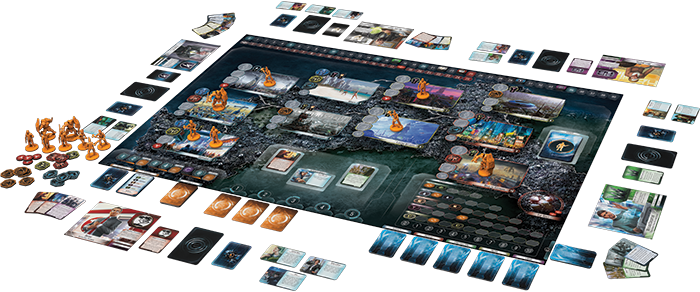
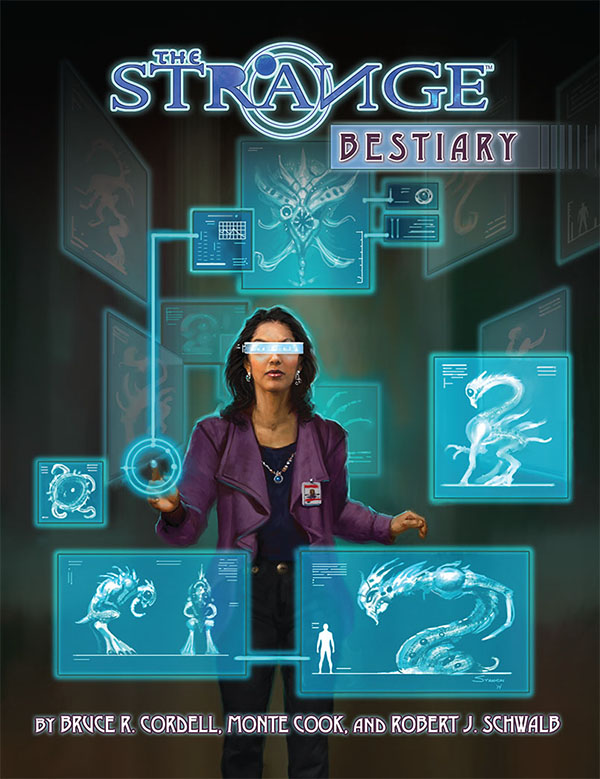
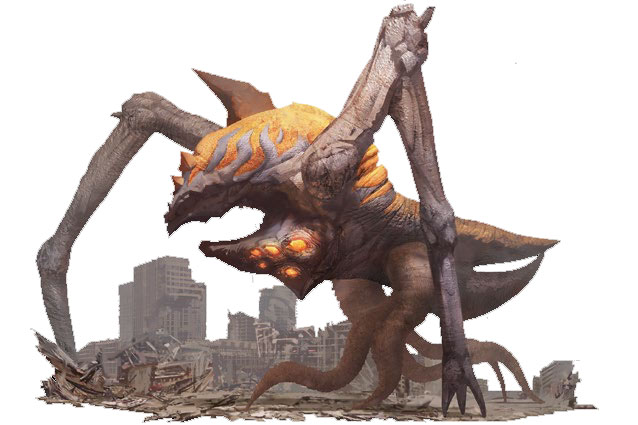
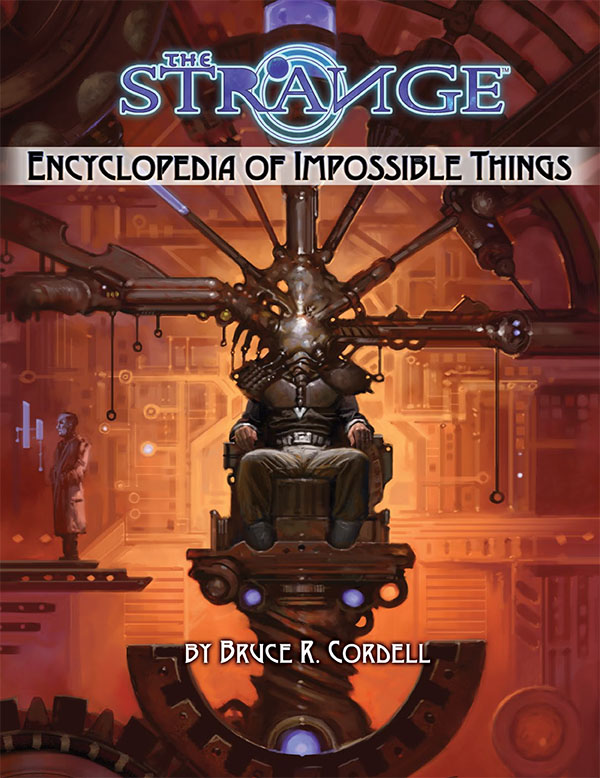
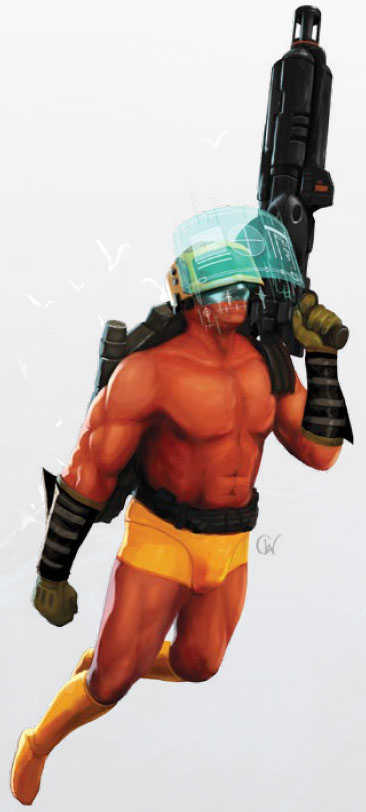

 Great Arkham.
Great Arkham.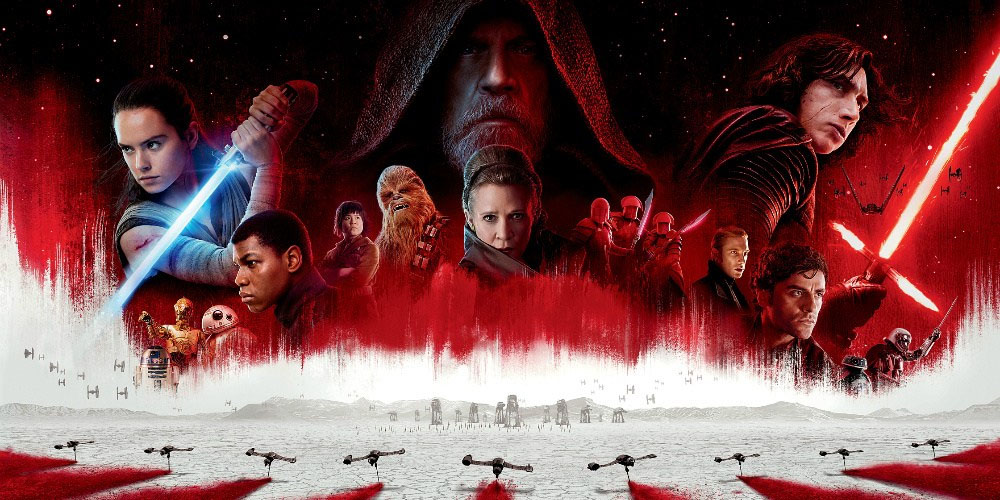



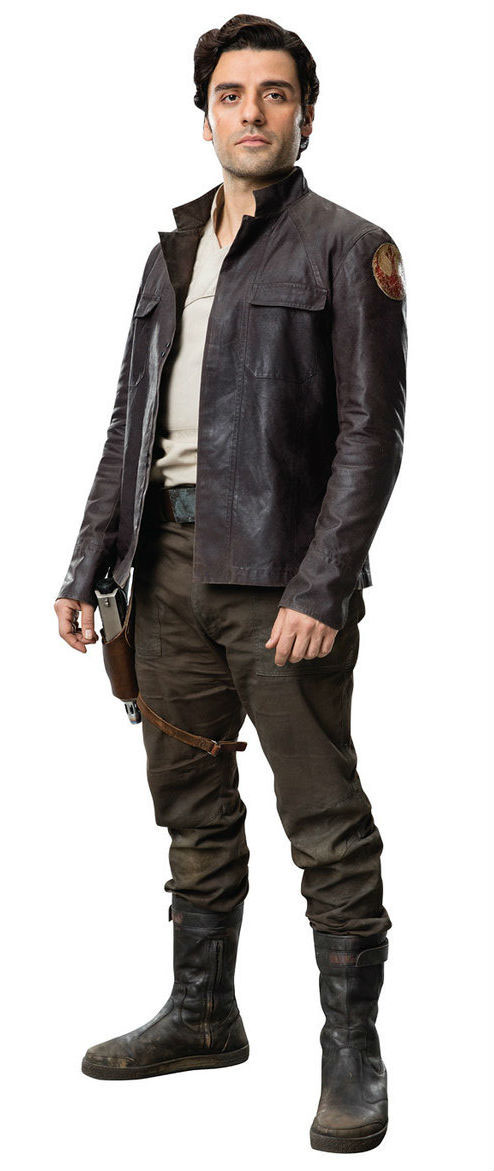 First, Poe’s. This consists of four specific beats:
First, Poe’s. This consists of four specific beats: in which humans extend their sense of self in ever-widening concentric circles:
in which humans extend their sense of self in ever-widening concentric circles: Not by actually, literally teaching him shit, but by being the living embodiment of ideas and experiences that he needs to process. Canto Bight is, once again, essential for this because it provides the tapestry on which Rose’s character is revealed, and it is by seeing Canto Bight through Rose’s eyes that Finn learns the lessons he needs to learn.
Not by actually, literally teaching him shit, but by being the living embodiment of ideas and experiences that he needs to process. Canto Bight is, once again, essential for this because it provides the tapestry on which Rose’s character is revealed, and it is by seeing Canto Bight through Rose’s eyes that Finn learns the lessons he needs to learn.
